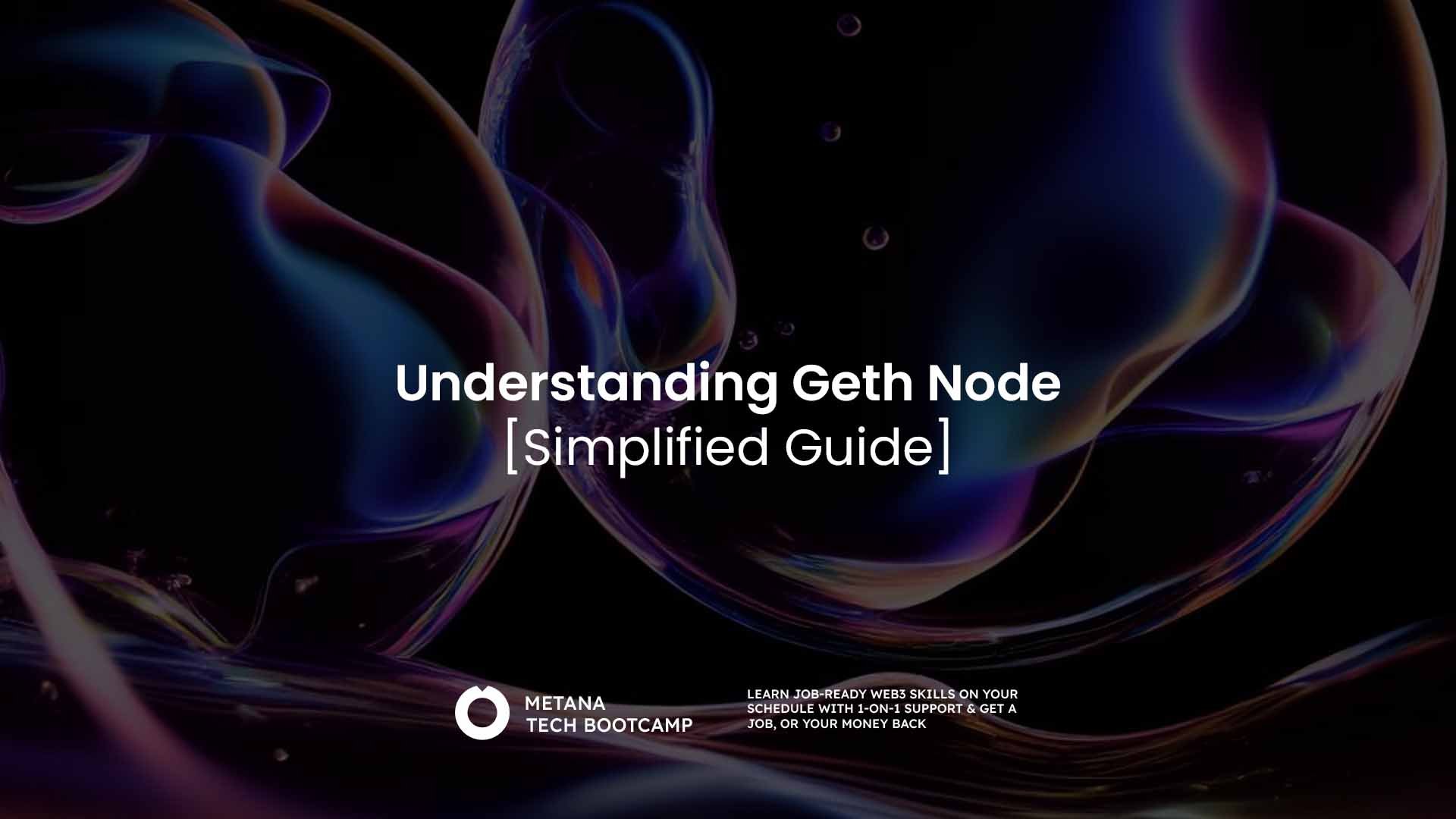Understanding Geth Node: A Simple Guide to Ethereum's Most Popular Client

Colorful bubbles against dark background
Geth (Go Ethereum) is the official Go implementation of the Ethereum protocol, serving as a crucial gateway to interact with the Ethereum blockchain. It enables users to operate a full Ethereum node, mine ETH, transfer tokens, and interact with smart contracts.
A Geth node synchronizes the entire Ethereum blockchain, verifies all transactions and blocks, and maintains network consensus. This node can operate in different synchronization modes:
- Full Sync: Downloads all blocks and validates everything from genesis
- Fast Sync: Downloads block headers and state database, verifies most recent blocks only
- Light Sync: Only processes block headers, suitable for low-resource devices
Key Features:
- Complete Ethereum implementation
- Command-line interface for direct blockchain interaction
- JSON-RPC server for dApp connections
- Built-in JavaScript console for development
- Mining capabilities for ETH rewards
- Wallet management for secure transactions
Installing and running Geth requires:
- Sufficient storage space (min. 500GB recommended)
- Stable internet connection
- Basic command-line knowledge
- Compatible operating system (Windows, Linux, or macOS)
Best Practices:
- Regular backups of node data
- Monitor system resources
- Keep Geth software updated
- Use appropriate sync mode for your needs
- Implement proper security measures
Understanding Geth nodes is essential for developers, miners, and anyone looking to contribute to the Ethereum network's decentralization and security.
